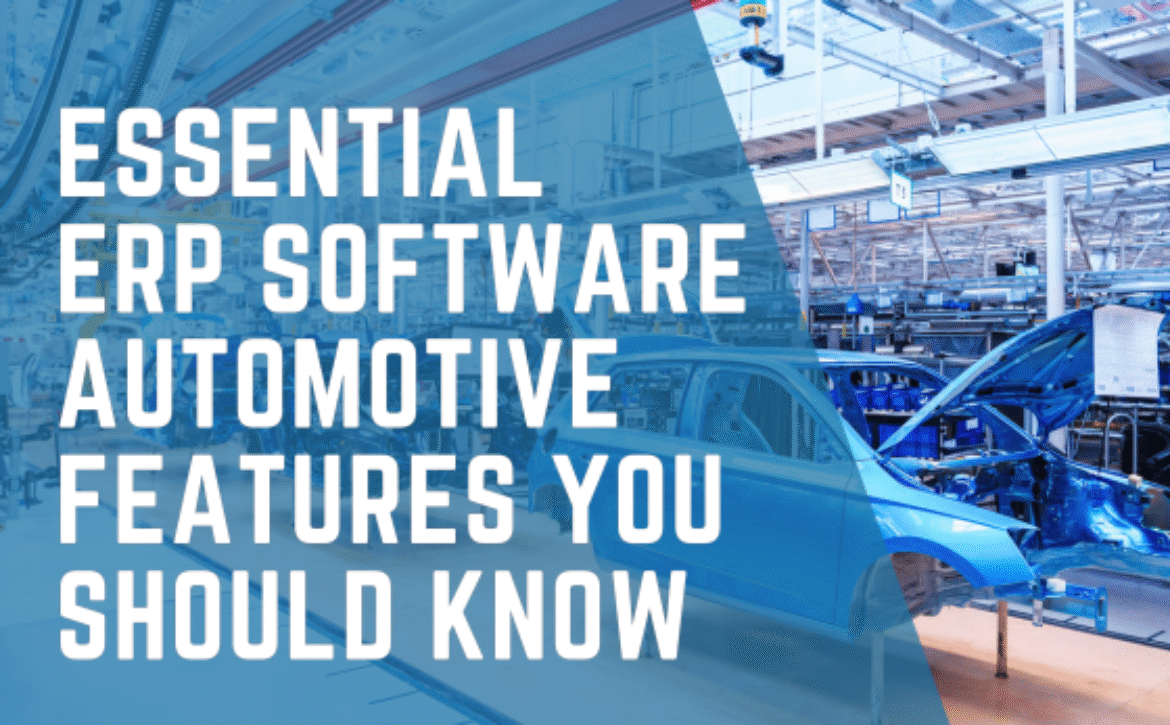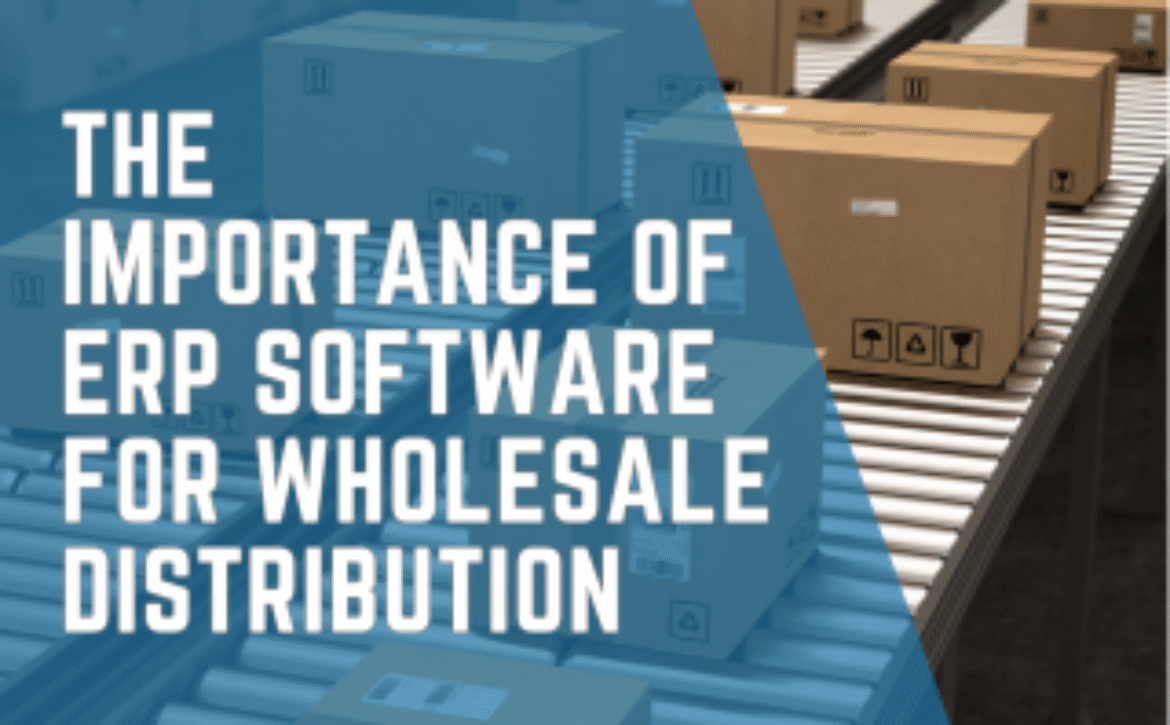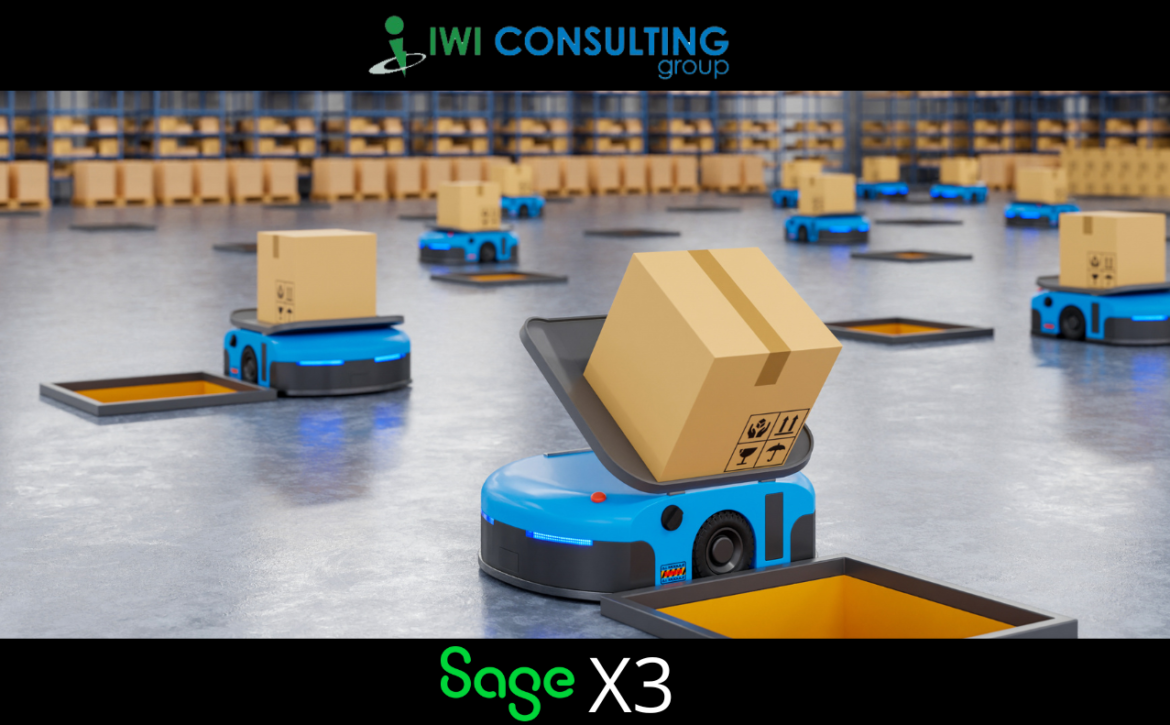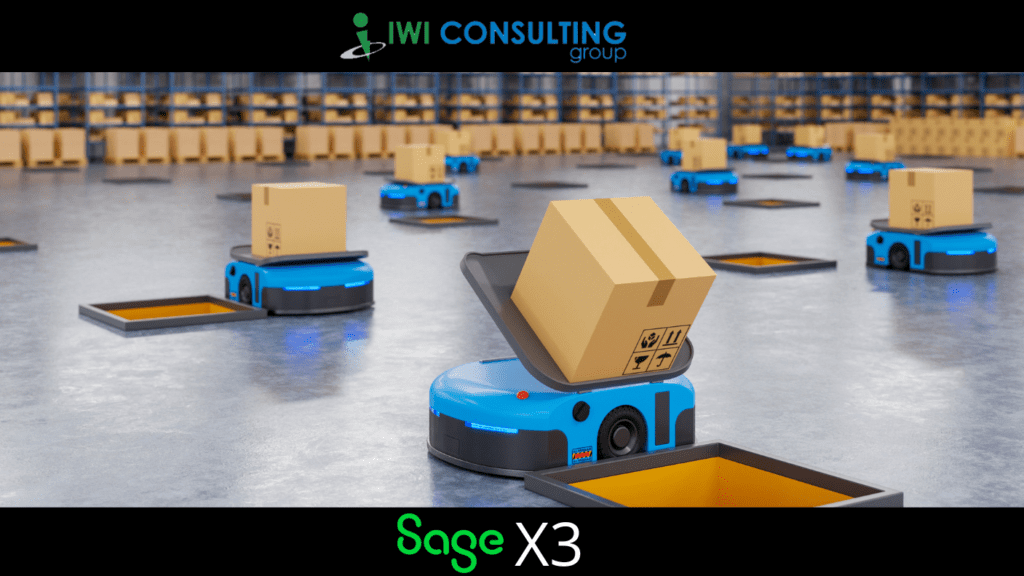Essential ERP Software Automotive Features You Should Know
In the fast-paced automotive industry, CEOs face an ever-changing landscape of supply chain challenges, rising costs, and strict compliance regulations. To compete effectively, they need more than siloed systems or spreadsheets. A robust ERP software automotive solution can bring order to complexity, connecting every aspect of the business to provide clarity, control, and a foundation for growth.
Understanding the Value of ERP Software Automotive
Modern automotive businesses are under constant pressure to reduce costs, improve delivery timelines, maintain quality, and meet evolving customer expectations. Traditional disconnected tools make it difficult to have a complete, real-time picture of operations. ERP software automotive platforms solve this by integrating finance, manufacturing, supply chain, and analytics into a single source of truth.
For CEOs, this translates to:
- Faster, data-driven decision-making
- Greater control over profitability and cash flow
- Improved agility to handle supply chain disruptions
- Scalability to support future growth
- Enhanced customer experience through better order accuracy and fulfillment
- Competitive advantage by leveraging real-time data for market responsiveness
Feature 1: Advanced Financial Management and Reporting
Automotive companies often operate across multiple locations, currencies, and product lines. An ERP system must provide comprehensive financial oversight.
Key capabilities include:
- Real-time dashboards tracking revenue, expenses, and margins
- Multi-entity and multi-currency management
- Automated payables, receivables, and consolidations
- Budgeting, forecasting, and cost analysis tools
- Integrated compliance and tax reporting across regions
Sage X3 offers deep financial functionality for complex organizations, providing CFOs and CEOs with immediate visibility into profitability drivers. Acumatica delivers similar capabilities with the added benefit of remote, cloud-based access for decision-makers on the go.
Feature 2: Supply Chain and Inventory Optimization
Supply chains in the automotive sector are intricate, spanning multiple tiers of suppliers and global logistics networks. Delays or stock imbalances can quickly impact profitability.
A strong ERP solution should offer:
- End-to-end visibility of supplier performance and shipments
- Automated demand forecasting and procurement workflows
- Real-time tracking of inventory levels across all locations
- Analytics to reduce carrying costs and stockouts
- Integration with logistics providers for optimized shipping routes
With Sage X3, companies gain precise control over their inventory and purchasing, ensuring the right materials are available at the right time. Acumatica enhances collaboration with suppliers and logistics partners, improving responsiveness and reducing waste.
Feature 3: Manufacturing and Production Management
Automotive manufacturing is complex, often involving multiple production stages, intricate assembly processes, and strict quality standards. An ERP platform must provide:
- Shop floor scheduling and production planning tools
- Detailed work orders and bill of materials management
- Quality tracking and traceability from raw materials to finished products
- Real-time monitoring of costs and labor efficiency
- Integration with IoT devices for live machine performance tracking
Sage X3 excels in supporting both discrete and process manufacturing environments, offering full traceability for compliance and customer confidence. Acumatica provides flexible modules that adapt as production demands change, avoiding the need for expensive overhauls.
Feature 4: Regulatory Compliance and Quality Assurance
Compliance in the automotive sector is non-negotiable. Non-compliance can lead to recalls, penalties, and reputational damage.
Essential ERP capabilities include:
- Automated documentation for audits and certifications
- Built-in quality control processes at every stage of production
- Support for industry standards like ISO and IATF 16949
- Detailed tracking for quick response in case of recalls
- Environment, Health, and Safety (EHS) management to meet sustainability goals
Both Sage X3 and Acumatica integrate quality and compliance features directly into workflows, reducing manual errors and ensuring every product meets stringent standards.
Feature 5: Real-Time Analytics and Business Intelligence
Data is only valuable if it drives better decisions. CEOs need insights they can act on immediately.
Top ERP software automotive platforms offer:
- Customizable executive dashboards with live KPIs
- Predictive analytics to anticipate demand and costs
- Drill-down capabilities to analyze performance by product line, plant, or region
- Data visualization tools for strategic planning
- AI-powered recommendations for process improvements
Sage X3 integrates with advanced BI tools to turn data into actionable intelligence. Acumatica’s cloud analytics engine ensures executives always have current, accurate information at their fingertips.
Feature 6: Scalability and Cloud Flexibility
As automotive companies grow, expanding to new markets, launching electric vehicle production lines, or acquiring new suppliers; they need ERP software that can scale without disruption.
Look for:
- Flexible deployment options (cloud or on-premise)
- Multi-site and global capabilities
- Mobile access for remote teams
- Modular design to add new functionalities as needed
- High-level data security and disaster recovery options
Acumatica offers cloud-native scalability with subscription pricing that grows with you. Sage X3 provides flexibility to deploy on-premise or in the cloud, with robust customization options to meet evolving business models.
Sage X3: ERP Software Automotive Designed for Complex Operations
With Sage X3, it is built for mid-sized to enterprise automotive companies seeking deep functionality and complete control. Key strengths include:
- Advanced manufacturing capabilities supporting multiple production modes
- Global financial consolidation and reporting
- Strong supply chain management and vendor integration
- Built-in quality and compliance tracking
- Multi-language and multi-currency support for international operations
Businesses gain an ERP solution capable of managing large-scale, multi-entity automotive operations, delivering insight and efficiency from shop floor to top floor.
Acumatica: ERP Software Automotive as A Flexible Cloud Solution Modern Businesses
Acumatica offers a cloud-first ERP platform ideal for fast-growing automotive companies seeking flexibility and scalability. Its strengths include:
- Accessible anywhere, anytime via the cloud
- Modular functionality to scale with your needs
- Strong collaboration tools for suppliers and partners
- Intuitive dashboards for real-time decision-making
- Low-code customization for quick feature additions
Acumatica is a strong choice for companies prioritizing agility, quick deployment, and reduced IT overhead while still benefiting from robust ERP capabilities.
Sage X3 vs. Acumatica: Which Is Right for Your Automotive Business?
| Feature | Sage X3 | Acumatica |
|---|---|---|
| Deployment Options | Cloud or On-Premise | Cloud-Native |
| Manufacturing Strength | Excellent for Complex Environments | Flexible and Modular |
| Supply Chain Capabilities | Deep, Industry-Specific Functionality | Strong Collaboration Tools |
| Financial Management | Advanced Consolidation & Forecasting | Intuitive, Cloud-Based Dashboards |
| Compliance Support | Built-in Quality & Regulatory Tools | Streamlined Document Management |
Both solutions have proven success in the automotive sector. The choice depends on your company’s scale, operational complexity, and long-term strategy.
Why Partner with IWI Consulting Group?
Choosing an ERP system is a major decision, but successful implementation is just as critical. At IWI Consulting Group, we specialize in guiding automotive companies through every stage of ERP transformation.
Our services include:
- ERP needs assessment and solution selection
- Seamless implementation with minimal disruption
- Tailored configurations to match your processes
- Comprehensive training and ongoing support
- Ongoing optimization and system health checks for continuous improvement
By working with IWI Consulting Group, you’re not just investing in software, you’re gaining a trusted partner dedicated to helping your business achieve operational excellence and sustainable growth.
ERP Software Automotive: Conclusion
ERP software automotive solutions like Sage X3 and Acumatica empower CEOs with the visibility, control, and agility needed to navigate today’s automotive landscape. From strong financial management to real-time analytics and future-ready scalability, these systems transform challenges into opportunities.
With IWI Consulting Group as your implementation partner, you can confidently select, deploy, and optimize ERP software tailored to your unique needs: driving efficiency, profitability, and long-term success.
























